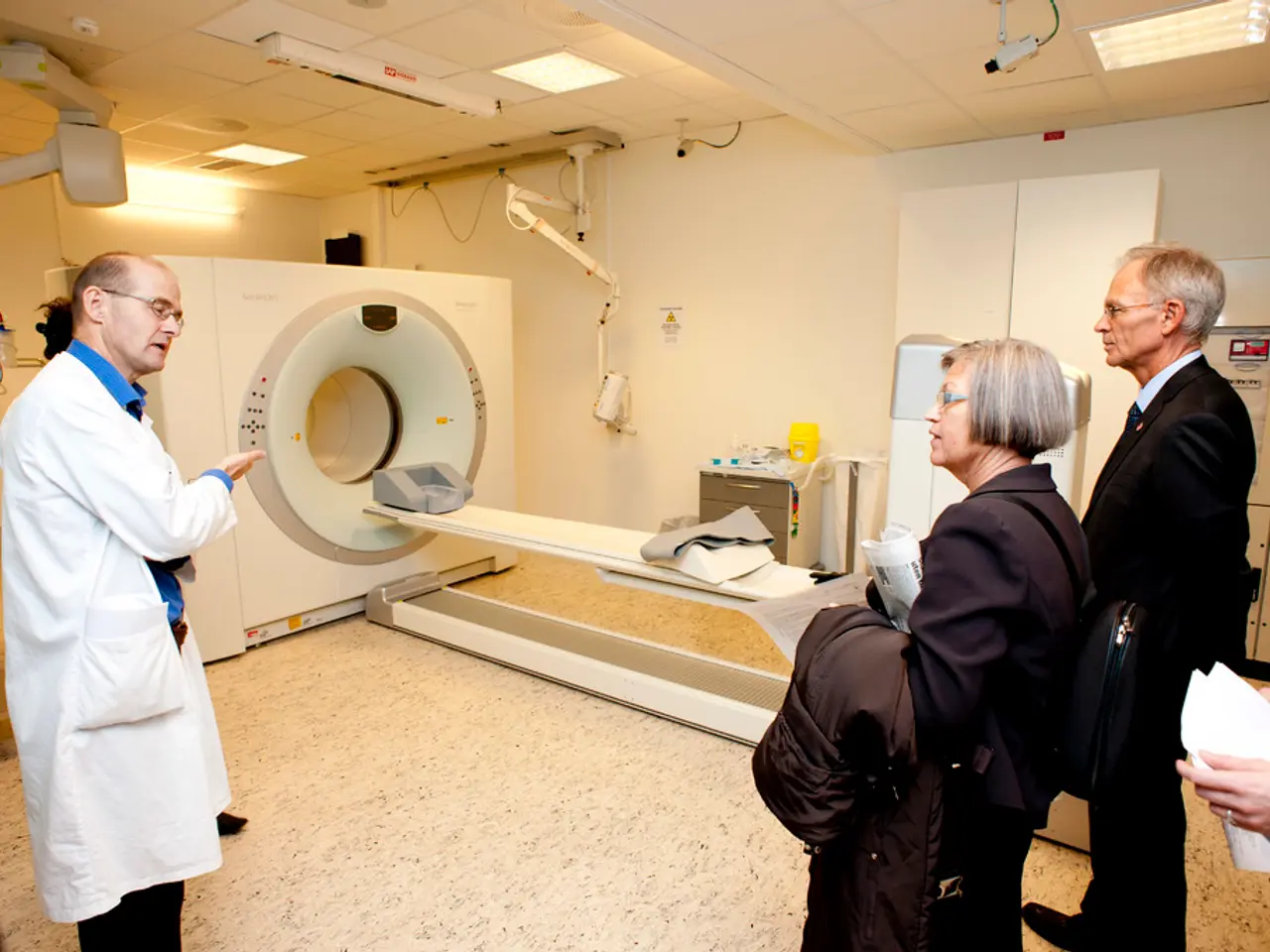AI and Data Science Contributions to Medical Diagnoses
In the ever-evolving world of medicine, AI and data science are making significant strides, transforming the landscape of healthcare diagnosis and innovation.
Natural Language Processing (NLP) plays a pivotal role in this transformation, enabling the extraction of valuable insights from unstructured patient data found in clinical notes and electronic health records. By streamlining the interpretation of these records, NLP enhances decision-making and personalized medicine, offering a comprehensive view that facilitates informed decision-making in patient care.
Advances in AI promise to reshape medical diagnosis in remarkable ways. Machine learning, a key component of AI, is used in medical imaging to analyze images such as MRIs and CT scans with remarkable precision. This enhances diagnosis accuracy, leading to earlier interventions and better patient outcomes. The integration of AI in medical imaging also adds another layer of sophistication, enabling earlier signs of diseases to be identified.
Predictive analytics is a key component of AI in healthcare, allowing for proactive disease forecasting. Machine learning algorithms utilize Electronic Health Records (EHRs) to identify patterns across numerous cases, enabling predictive analytics to forecast potential health issues. This proactive approach to healthcare promises to revolutionize the way diseases are managed, shifting the focus from reactive care to proactive care.
The integration of AI in medical diagnosis marks a significant shift towards more reliable and timely diagnoses. AI systems, such as IBM Watson Health, provide tailored recommendations for cancer treatment options, paving the way for personalized medicine. Machine learning is also used in personalized medicine to analyze genetic data, tailoring treatments to individual patients.
AI systems continue to evolve, offering practitioners sophisticated applications for everyday use. They employ natural language processing to translate clinical notes from electronic health records into actionable insights, harness predictive analytics using historical data to inform current diagnostic efforts, and assist in decision-making processes during consultations, summoning critical information efficiently.
The future of AI in healthcare signifies a profound shift in how diagnoses are conducted, with greater collaboration between humans and machines. As these technologies evolve, the landscape of medical diagnosis is sure to be transformed profoundly, leading to improved patient outcomes and a stronger doctor-patient relationship.
References: [1] Healthcare Transformed by AI and Data Science. (n.d.). Retrieved from https://www.ibm.com/thought-leadership/institute-business-value/ai-data-science-healthcare
[2] The Ethics of AI in Healthcare. (n.d.). Retrieved from https://www.ibm.com/thought-leadership/institute-business-value/ethics-ai-healthcare
[3] AI in Radiology: A Review. (2019). Radiology, 281(3), 781-794.
[4] AI in Pathology: A Review. (2020). Journal of Pathology Informatics, 11(Suppl 1), S1-S10.
[5] AI in Personalized Medicine: A Review. (2021). Journal of Personalized Medicine, 11(1), 80.
Data science in tandem with AI is revolutionizing the field of medical-conditions, with a specific focus on health-and-wellness. By harnessing natural language processing (NLP), these technologies extract valuable insights from unstructured patient data in clinical notes and electronic health records. Furthermore, machine learning in medical imaging, such as MRIs and CT scans, aids in earlier disease identification and enhances diagnostic accuracy, providing better patient outcomes.




